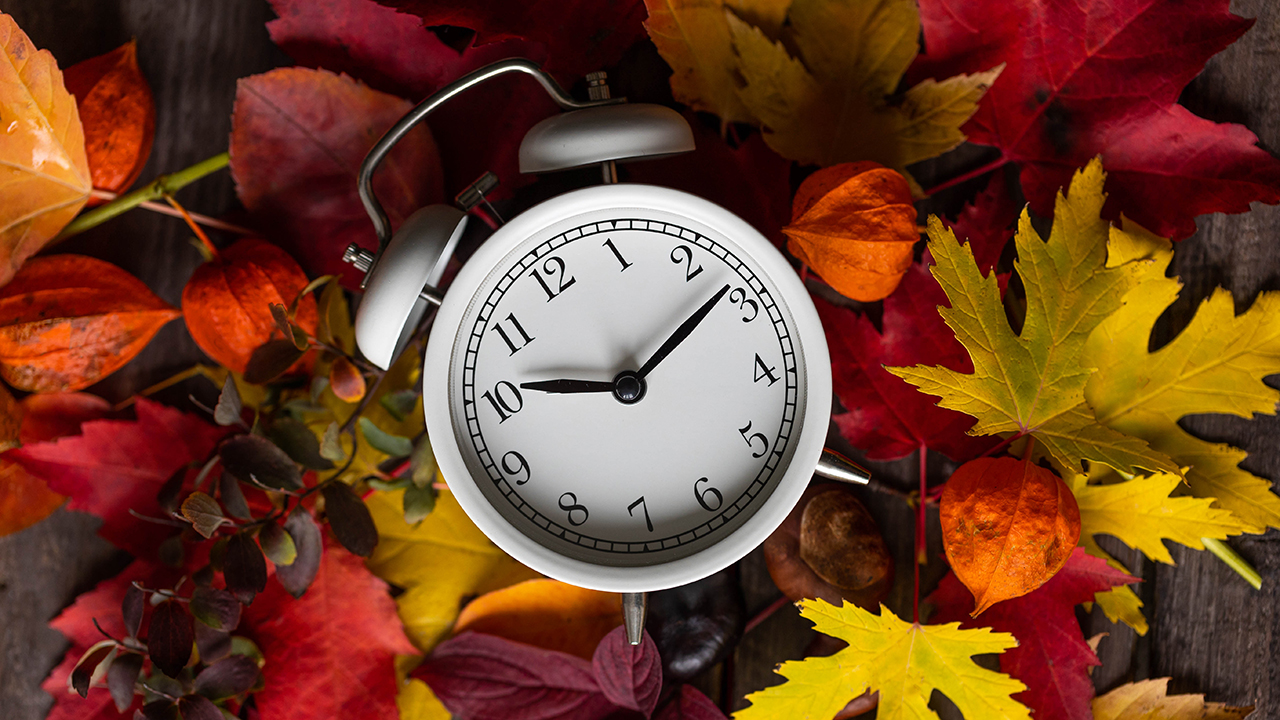
Learn the history of daylight savings time, its health impacts, and how the seasonal clock change affects our sleep and daily rhythms.
The end of daylight savings time in the fall, commonly known as “falling back,” involves setting clocks back one hour, giving people an extra hour of sleep. This practice originated with Benjamin Franklin’s suggestion in the 18th century to make better use of daylight, but it wasn’t formally adopted in the United States until World War I to conserve energy. The practice was standardized nationwide with the Uniform Time Act of 1966. Today, daylight savings time ends on the first Sunday of November. While many countries observe this shift, not all regions participate; for example, Arizona and Hawaii remain on standard time year-round due to their consistent sunlight patterns.
Beyond its historical roots, the time change has various impacts on our lives. Research indicates that gaining an extra hour of sleep in the fall can positively affect our health, as studies have shown a decrease in heart attacks following the fall time change. The shift also affects our circadian rhythms, which can lead to temporary changes in sleep patterns, mood, and energy levels. These seasonal shifts illustrate how timekeeping practices adapt to our environment and society’s needs
Discover Beautiful Flowers, Expert Gardening Tips & Interesting Plant Science!
By submitting this form, you are consenting to receive marketing emails from: . You can revoke your consent to receive emails at any time by using the SafeUnsubscribe® link, found at the bottom of every email. Emails are serviced by Constant Contact

About The Author
John Bagnasco has been in the gardening industry for over 50 years, starting with a horticulture degree from Michigan State University and following a stint at Frank’s Nursery and Crafts in Detroit.
After publishing his first book “Plants for the Home Vol. I” in 1976, he moved to California to become regional manager and buyer for the Nurseryland division of Sunbelt Nursery Group.
He then became the head buyer for Armstrong Garden Centers based in Glendora, California. John had a part-time affiliation with Creative Promotions for ten years before joining them full-time in October 2000 as a senior editor and radio personality for Garden Compass.
John has also taught horticulture classes at Palomar College and San Diego State University.
He is the host of the DVD “The Essential Guide to Roses,” which also features Bryan Main and Bruce and Sharon Asakawa.
His most recent book is “Planting Designs for Cacti and Succulents”.
Currently, John is a co-host on “Garden America,” an interactive live gardening show that additionally provides podcasts of the broadcasts accessible on all major platforms.
You can contact John here.
